Learning at home activities
24 At-Home Learning Activities to Share with Parents of Young Children
*We originally published this post near the beginning of the COVID-19 pandemic. While some things have changed since then, the activities in this post are still great skill-builders for young children!
As schools close due to COVID-19 concerns and new guidelines on social distancing take effect, many parents are home with their young children—and looking for new ways to keep them occupied while building on the skills they’ve been learning in the classroom. Keeping kids engaged and active (without overusing screens!) can be tough during an unexpected break like this, especially when new safety recommendations put a temporary hold on play dates, restaurant trips, and visits to crowded parks, zoos, and other places kids love.
If you’re a parent of young children—or if you work with families—today’s post is tailored especially for you. We’re bringing you a collection of 24 at-home learning activities parents can use to boost their child’s academic, motor, communication, and social-emotional skills while they’re home from school. Adapted from some of our best books on early childhood development and education, these fun and inexpensive activities will keep kids learning and give you easy ways to connect with them during this unexpected break in routine.
Please share these ideas with any families who might benefit, and if you have a favorite at-home activity to share, add it in the comments below!
Academic skills
Give mealtime a math infusion. Do your kids like to help out in the kitchen? Meal prep is the perfect time to get children counting, measuring, estimating, comparing, and recognizing shapes. Ask your child to measure and count cups of ingredients, count how many plates and utensils are needed for the whole family, and figure out who has more or less mashed potatoes. Get creative with math during cleanup time, too: you can have your child name the shapes of the dishes and sponges, count the number of steps they took to complete the cleanup task, and predict how many dishes will fit in the dishwasher.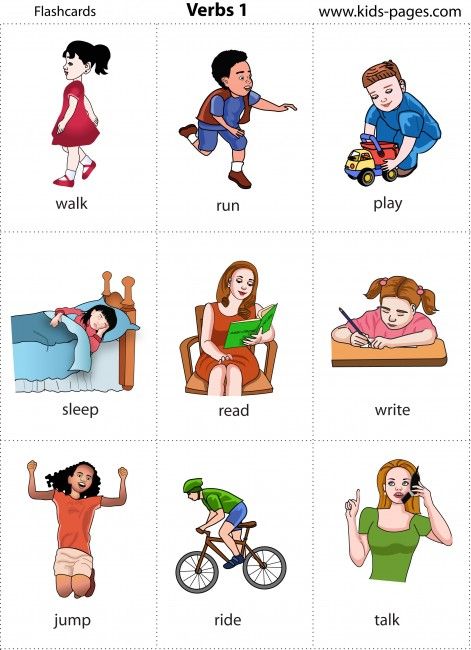 (Want more ideas? Download this free tip sheet for 24 ways to have fun with math at home.)
(Want more ideas? Download this free tip sheet for 24 ways to have fun with math at home.)
Supercharge your storytimes. Your daily book reading sessions are golden opportunities to actively build early literacy skills. To boost vocabulary knowledge, watch for words you think your child may not know and briefly define and talk about them. When you reread a book, ask your child if they remember what the word means, and try to use the new words at other times of the day to reinforce knowledge. To build letter recognition skills, try pointing to letters as you say their names, singing a slowed-down ABC song while you point to each letter in the book. Turn to random pages in the book and see if children can name and point to the letters themselves. You can follow up by having your child make their own ABC book, finding or drawing pictures for each letter.
Reread all your child’s comfort books.
At times like these, when you’re home together and it seems like life is slowing down, sink into some comfort rereads of favorite picture books.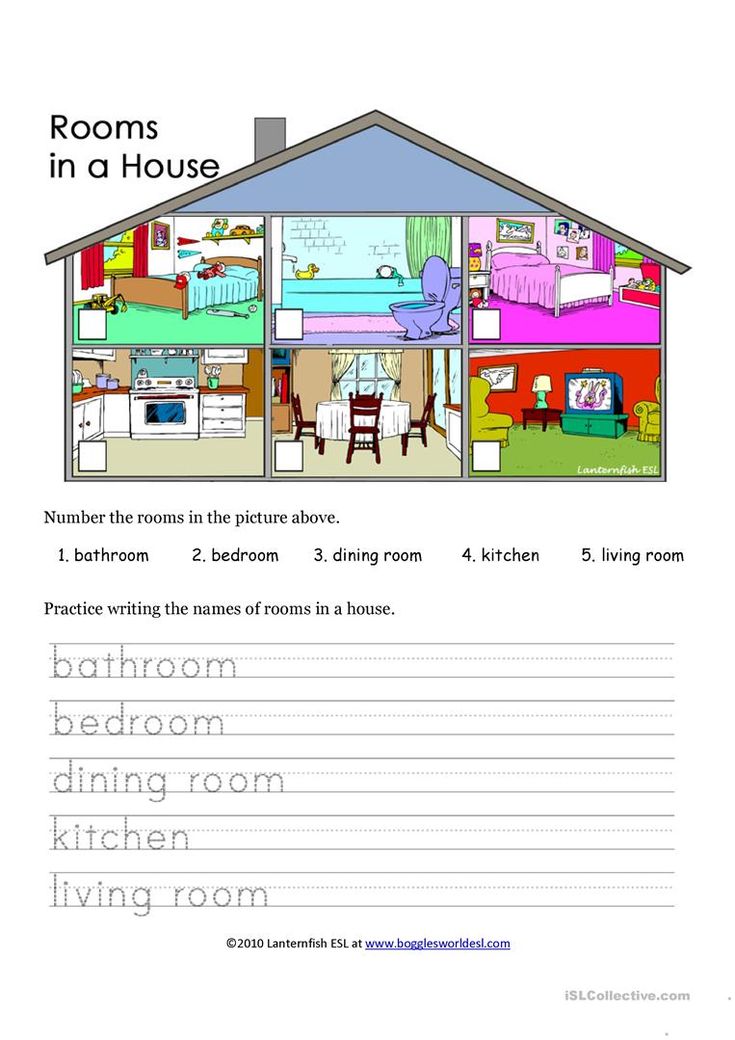 Kids love hearing the same book many times, and the repetition is actually beneficial to their developing literacy skills, since it gives them multiple chances to absorb the language of the book. If you want to make the most of repeated readings, choose high-quality books with words that stretch your child’s vocabulary and language knowledge.
Kids love hearing the same book many times, and the repetition is actually beneficial to their developing literacy skills, since it gives them multiple chances to absorb the language of the book. If you want to make the most of repeated readings, choose high-quality books with words that stretch your child’s vocabulary and language knowledge.
Make a museum. Your child’s favorite museum might be closed to the public right now, but they can make one at home with a little imagination and a few simple materials. If your child has collected little treasures over the years (rocks, shells, toy dinosaurs, buttons, etc.), show them how to arrange their collections in themed displays using shoe boxes, small jars, or egg cartons. Help children label their treasures—a great way to practice letter writing and recognition—and build their language skills by encouraging them to give “tours” of their personal museum to visitors. (Also, did you know that many museums are giving free virtual tours right now?
Here’s a list of them, and here’s a link to the kid-friendly online tour of the Metropolitan Museum of Art.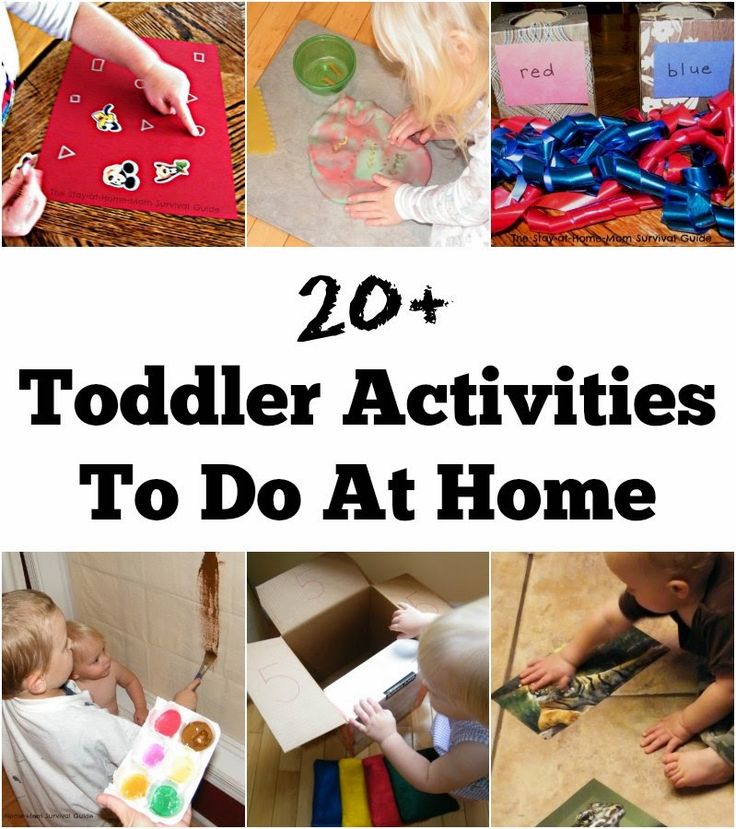 While you’re teaching young children at home, a virtual museum tour might be a fun way to spark conversations about art and history.)
While you’re teaching young children at home, a virtual museum tour might be a fun way to spark conversations about art and history.)
Start a language-rich restaurant at home. If your family eats out regularly, kids might be missing the interesting change in routine that a restaurant offers. Why not start a restaurant at home, and use it to help teach language and literacy skills? Stock your play area with empty boxes, food containers, and restaurant props with writing on them, such as takeout menus, placemats, or a newspaper circular. Read the menu with them, or help them create their own menus from scratch. Help kids make a sign with their restaurant’s name. As children play, point out words on the restaurant props and encourage them to spot familiar letters and words.
Create a dedicated writing center. To make writing/prewriting activities inviting to young children, designate a table or desk as your home’s “writing center.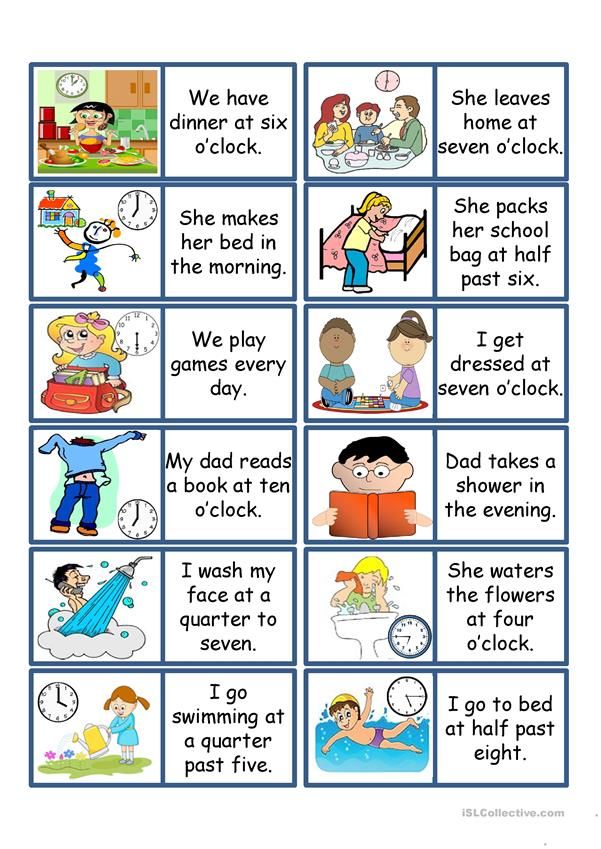 ” Fill it with open-ended materials that invite exploration and experimentation. Offer kids blank paper in different colors, a small dry erase board, markers, crayons, pencils, scissors, glue sticks, hole punches, and envelopes. Kids who have a variety of materials on hand will be more likely to initiate self-directed writing projects.
” Fill it with open-ended materials that invite exploration and experimentation. Offer kids blank paper in different colors, a small dry erase board, markers, crayons, pencils, scissors, glue sticks, hole punches, and envelopes. Kids who have a variety of materials on hand will be more likely to initiate self-directed writing projects.
Measure their masterworks. Are your kids passing the time by making a long cardboard road for their cars, or building a tall tower with blocks? Dig out your ruler and incorporate a little measurement lesson into their play. Show them how to use the ruler to measure the length of their road or the height of their tower. They might have fun predicting how many inches long or feet high their creations are.
Help math and science skills bloom in your garden. If you’re starting work on a garden, this is a perfect opportunity to teach math and science concepts while your kids get some much-needed fresh air.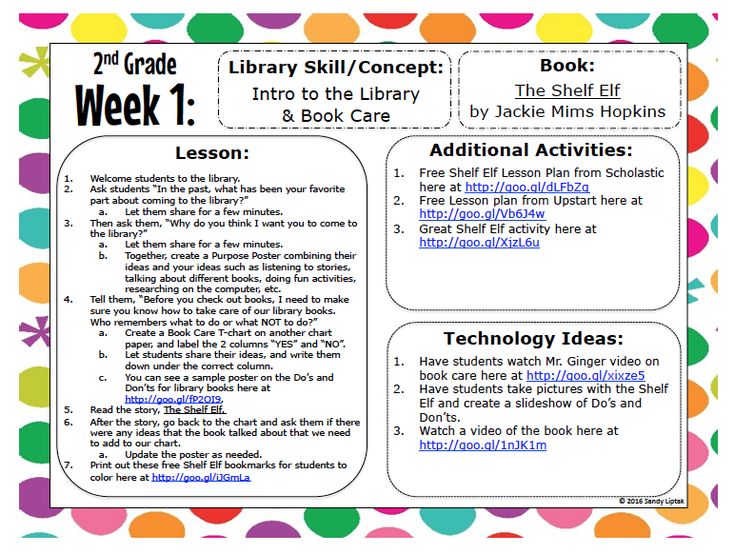 Have them measure water into a watering can, count seeds, start tallying days on a calendar to keep track of plant growth, and record observations. (If you don’t have a backyard, you can start a windowsill garden with kids. They can measure soil into small pots, count and plant seeds, predict which seeds will sprout first, and make observations.)
Have them measure water into a watering can, count seeds, start tallying days on a calendar to keep track of plant growth, and record observations. (If you don’t have a backyard, you can start a windowsill garden with kids. They can measure soil into small pots, count and plant seeds, predict which seeds will sprout first, and make observations.)
Communication skills
Have an adventure—without leaving your living room. Sit with your kids on a rug or couch and pretend you’re leaving for a big adventure on a magic carpet, submarine, or school bus. Ask them to share their ideas on where they want to visit, and take turns concocting a story about your adventure. Describe the sights you see and ask kids questions that invite their creative participation: “Look, there’s a circus! Can you see the elephants? What are they doing?” “Do you see that school of fish? What do you think fish learn about in school?” This is a great way to strengthen communication skills while having fun with kids who feel cooped up.
Put on a play. Encourage your kids to collaborate on a short play using a few puppets. They can adapt a familiar story or fairy tale, or create their own story together. After they put on the play, talk with them about the story and characters, and ask them questions about how they developed the play.
Set up a home office for kids. This is an indoor activity kids love, especially if your own home office is getting a workout right now—they’ll enjoy the chance to be “just like you.” Set up a pretend office in a corner of your home where kids can make calls, write letters and “send” them, and type important emails. Be sure to provide lots of varied materials for them to work with: an old keyboard to type with, file folders and paper, a calculator, an old phone (toy or real), pens and pencils, tape, envelopes, rubber stamps, and notepads. Then pretend with them—give them a “call” and ask when the mail will be arriving, or ask to have a face-to-face meeting in their office.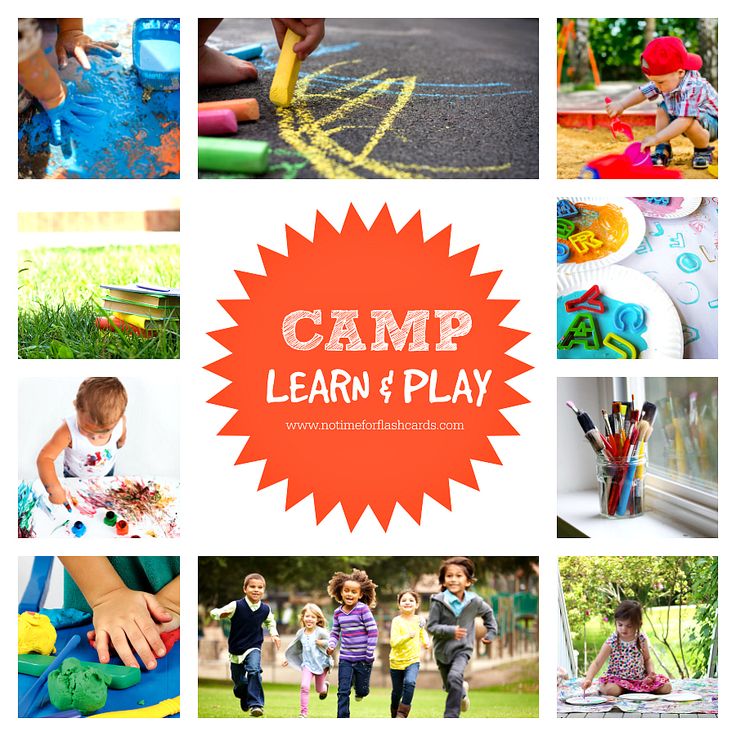
Start your own store. If your kids are missing the chance to shop in stores with you, open your own department store in your room or in their playroom. Encourage kids to play different roles—shopper, sales clerk, cashier—and communicate with each other in character (or you can play one or more roles). This is an ideal activity to try if you’ve been doing spring cleaning; children can browse the items you’re getting rid of and “buy” a few items with pretend money.
Have some flashlight fun. This activity can help boost communication skills while easing your child into bedtime. Once your child is in bed, give them a flashlight and play with it together in the darkened room. Take turns shining the light on different things. Ask your child questions about the items in the room, and talk about what you see. Whisper and laugh together, and make up a silly story. Bedtime chats like these hone language skills while helping your child feel safe, secure, and calm.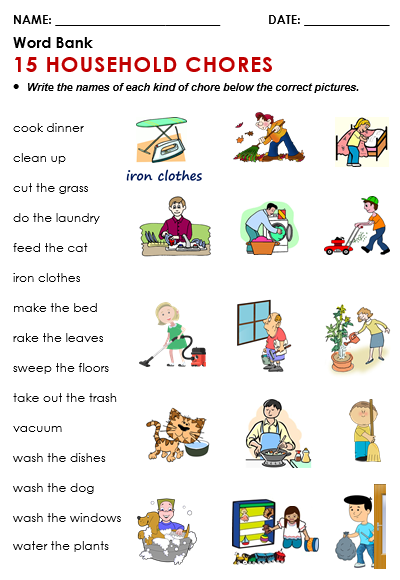
Motor skills
Enjoy the outdoors. Communal playtimes at the park may not be possible right now, but you can still enjoy outdoor family activities that give your child’s motor skills a pick-me-up. Choose activities that involve both gross motor skills (running, jumping, playing catch, dribbling a ball) and fine motor skills (collecting and sorting objects, using small tools). Go on a family walk and play “I Spy.” Have an outdoor family dance party. Collect things like pinecones, acorns, and pretty stones in a pail, and help your child sort them into groups. Make and hang homemade feeders for your backyard or windowsill birds. Your kids will get critical motor skills practice, and the fresh air and fun will give everyone an emotional boost.
Open your own “art school.” Start by reading your child some favorite picture books and talking about the different techniques the artists used for the illustrations.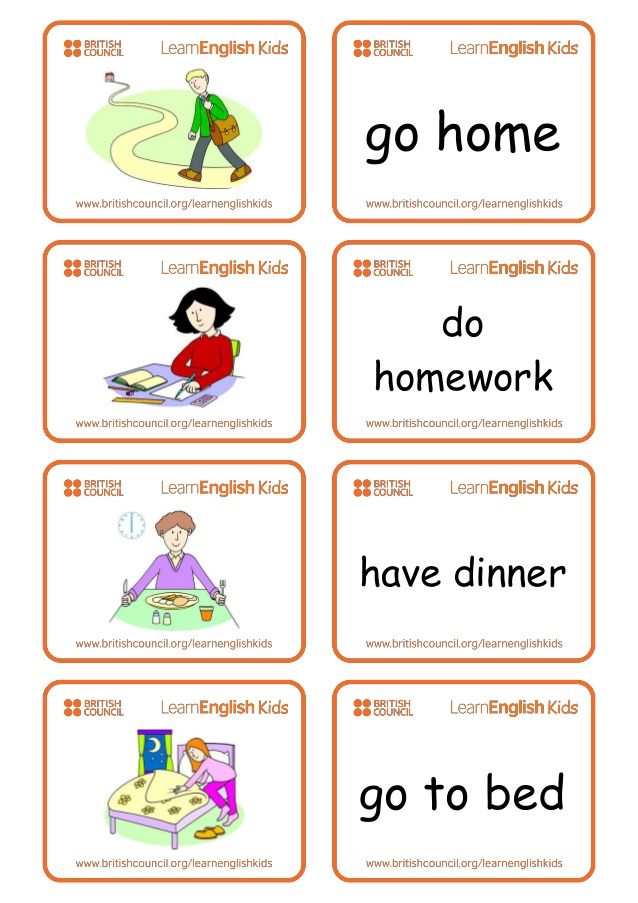 Then have the child practice fine motor skills by making books or illustrations of their own, using materials such as watercolors, paste, paper, cloth scraps, ribbon, foil, string, stamps, greeting cards, and box tops. When they’re done, your kids can hang their masterpieces in a special gallery area or “read” their illustrated books to you or each other.
Then have the child practice fine motor skills by making books or illustrations of their own, using materials such as watercolors, paste, paper, cloth scraps, ribbon, foil, string, stamps, greeting cards, and box tops. When they’re done, your kids can hang their masterpieces in a special gallery area or “read” their illustrated books to you or each other.
Try some target practice. While there’s a temporary hold on those family trips to Target, give another kind of target a try. Cut a few 8- to 9-inch holes in a big piece of cardboard, draw a target with chalk on a sidewalk or in your driveway, or pick a target outside, such as a tree, your garage door, or the side of your apartment building. Encourage your child to try to throw a beanbag or small ball through the holes or at the target. Have your child start very close to the target and then move back a few feet, and show them how to throw underhand and overhand. Be sure to cheer for them when they hit the target.
Make egg carton caterpillars. If you’re shifting to at-home cooking and using up lots of eggs, here’s a fun fine-motor activity to do with those leftover cardboard egg cartons. Cut the egg section of the cartons into strips, one for each child in your house. Have each child choose a caterpillar body and decorate it with paint or markers or by gluing on different colors or textures of paper. Pipe cleaners make great antennae, and children may even want to add some pipe cleaner legs to their caterpillar. Remind them to draw or glue on a face!
Outline an animal. Does your child have a favorite animal? Draw a simple silhouette of the animal on a big piece of paper and give your child some glue and a bowl of Cheerios or uncooked pasta shapes. Then have the child outline the animal by gluing the cereal or pasta pieces to the page, following the lines you drew. (Always supervise carefully when children are working with small items that could be a choking hazard.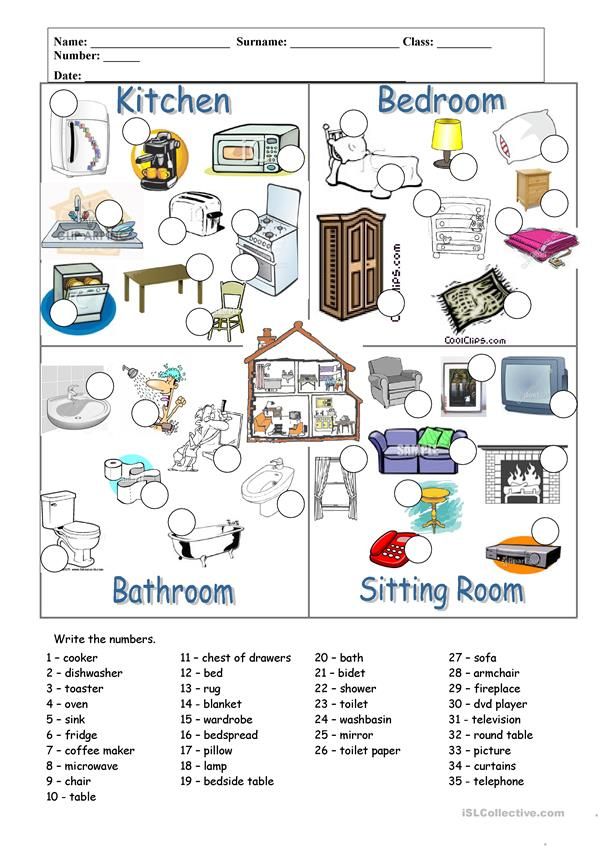 )
)
Social-emotional skills
Have regular emotional check-ins. During challenging times, young children can easily pick up on the stress and worry of the adults in their lives. Disruptions to regular schedules, troubling news stories, bans on social gatherings, and overheard adult conversations can leave a child confused and concerned about the future. Set aside time to check in and connect with your child every day. Talk about your day and what will happen tomorrow. Ask them simple questions: “What was the best part of today?” “Were there any hard parts?” “How did you feel?” “Do you have anything you’d like to talk about?” Listen carefully to what your child says so they know their thoughts and emotions are important to you. (For more social-emotional skill-boosters for children ages 2 months through 5 years, print these free ASQ:SE-2 activity sheets. And for a helpful guide to answering children’s questions about the coronavirus, see this resource from Zero to Three.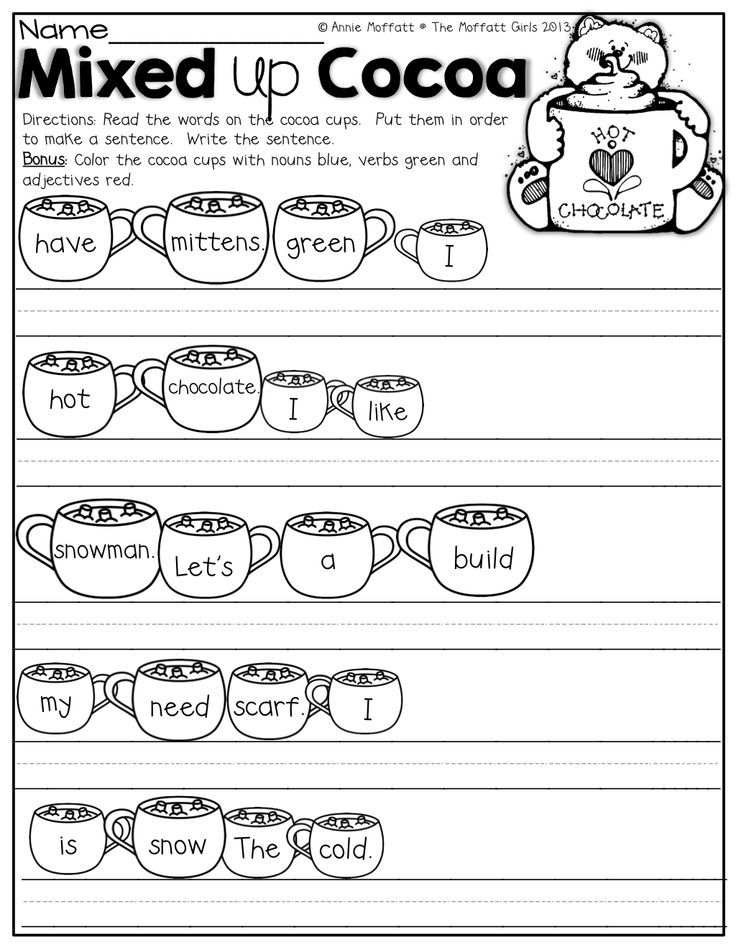 )
)
Pound some dough together. Mushing, squeezing, and pounding dough is a great activity for helping kids process feelings of anger, frustration, and helplessness (and housebound grownups might find this just as therapeutic). Mix up some cookie dough (like these “Get the Mad Out” cookies on the PBS website) and mash and knead it together. Or if baking isn’t your thing, let the kids smush and pound play dough or clay. They’ll let off steam in a safe way and hone their creativity at the same time.
Encourage nurturing play. When the world feels scary, nurturing dolls and stuffed animals is a good way for children to refocus their feelings and practice caring behavior. Set up toy cribs where children can put their “babies” to bed, water tables where kids can bathe their dolls, and places where the babies can be fed with old bottles, sippy cups, and spoons. Help children create caregiving scenarios and praise children for their TLC.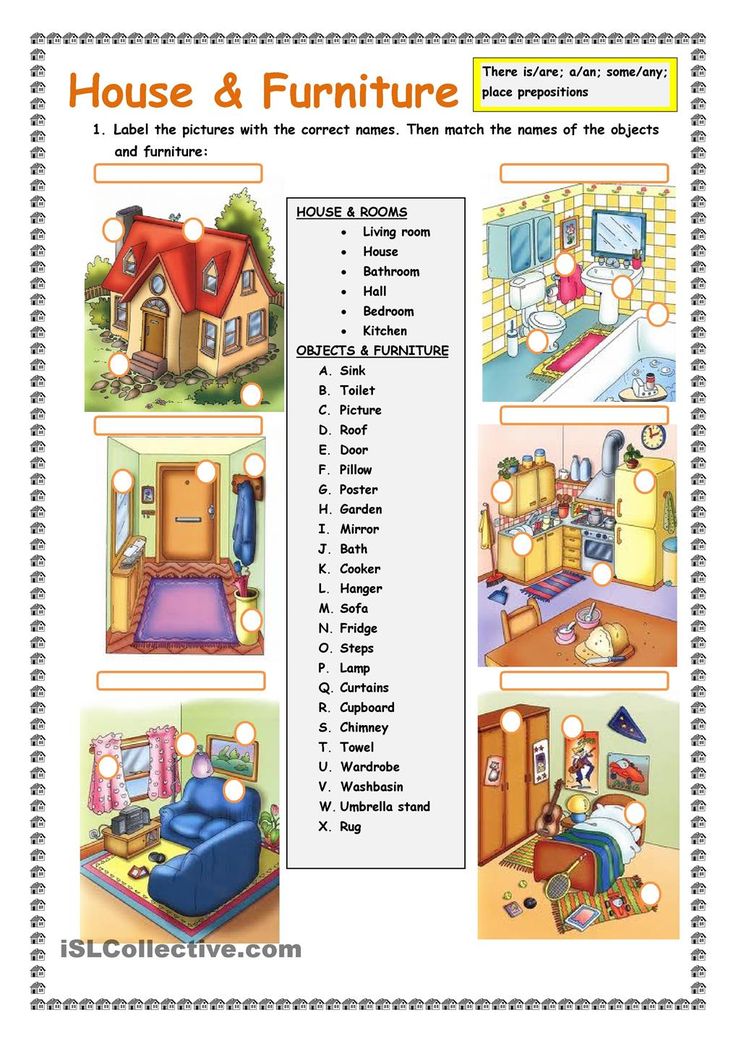 (Be sure to include kids of all genders in this activity—every child can benefit from practicing their caring skills.)
(Be sure to include kids of all genders in this activity—every child can benefit from practicing their caring skills.)
Use books as bibliotherapy. Book reading is one of the best ways to help children deal with fears and worries in uncertain times. Select books that deal with big changes and tough emotions and have reassuring endings. Discuss how the characters dealt with adversity, adjusted to a new situation, and managed their fears. Learning about characters who faced difficult situations and emerged triumphant can help assure children that their family can make it through hard times, too.
Try some therapeutic art, too. Art activities are more than just fun—they can provide children with a powerful outlet for their emotions. Alice Honig describes one example in her book Little Kids, Big Worries: “Lonnie drew a bus and then scribbled all over it with a brown marker. The teacher was puzzled. She did not act disappointed by his scribbles.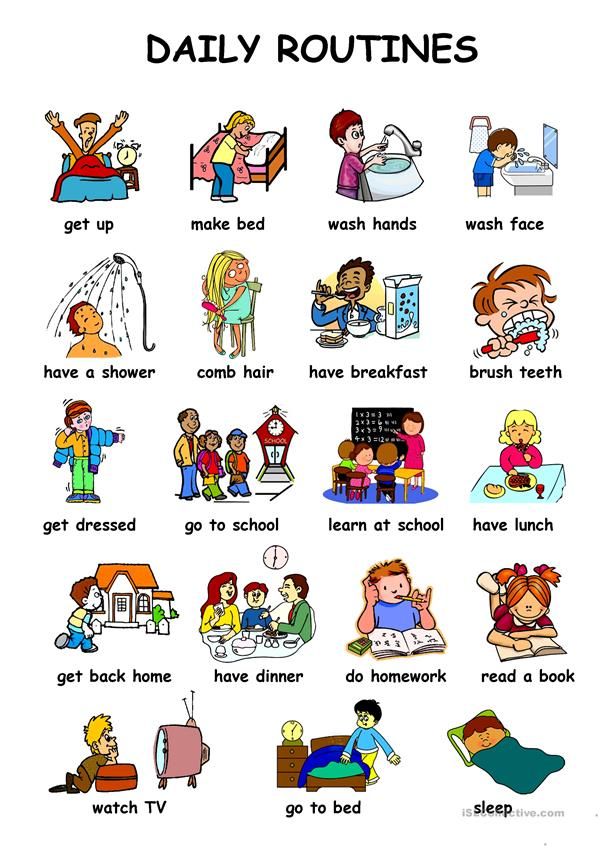 She did ask him gently to tell her about his picture. The child soberly explained, “That is the ambulance that took my dad to the hospital.’ The brown scribbles over Lonnie’s picture expressed his dark scared feelings about his father’s illness.” Teach children how art can be a healthy way to process difficult emotions, and provide them with lots of different materials they can use to express whatever they might be feeling: pages from magazines, photos, stickers, paint and markers in vivid colors, etc.
She did ask him gently to tell her about his picture. The child soberly explained, “That is the ambulance that took my dad to the hospital.’ The brown scribbles over Lonnie’s picture expressed his dark scared feelings about his father’s illness.” Teach children how art can be a healthy way to process difficult emotions, and provide them with lots of different materials they can use to express whatever they might be feeling: pages from magazines, photos, stickers, paint and markers in vivid colors, etc.
Share a story from faraway family members. Many children are finding it hard to be separated from their extended family members right now, including grandparents, aunts, uncles, cousins, and close family friends. Reach out and ask a few beloved family members to record themselves reading your child a story out loud. Your child can follow along in the book with them or just enjoy listening. This can be a wonderfully reassuring experience during a time of stress and uncertainty.
We hope this post gave you some new ideas to try with kids, and we wish you and your loved ones continued good health and safety. Stay tuned—later this week, we’ll share a roundup of distance learning resources for K-12 educators who are now teaching remotely. Please let us know how else the Inclusion Lab can support you in the weeks to come!
MORE FREE RESOURCES
20 Stress-Busters for Young Children (designed for early childhood classrooms, but many of the activities can be adapted for home use)
24 Ways to Have Fun with Math at Home
Sample ASQ-3 Learning Activity Sheets
Sample ASQ:SE-2 Learning Activity Sheets
EXPLORE THE BOOKS
The activities in this post were adapted from and inspired by the following books:
Activities 1 and 8: Let’s Talk About Math by Donna Kotsopoulos and Joanne Lee
Activities 2 and 3: Connecting Through Talk by David K. Dickinson & Ann B. Morse
Dickinson & Ann B. Morse
Activities 2, 4, 9, 15, and 22: Talk to Me, Baby! by Betty Bardige
Activities 5-7: Blended Practices for Teaching Young Children in Inclusive Settings, Second Edition, by Jennifer Grisham-Brown, Mary Louise Hemmeter, and Kristie Pretti-Frontczak
Activities 10, 11, 14, and 16: ASQ®-3 Learning Activities by Elizabeth Twombly and Ginger Fink
Activities 12, 17, and 18: Early Literacy in Action by Betty H. Bunce
Activities 13, 19, and 24: ASQ®:SE-2 Learning Activities by Elizabeth Twombly, Leslie Munson, and Lois Pribble
Activities 20,21, and 23: Little Kids, Big Worries by Alice Sterling Honig
.
Sign up for one of our FREE newsletters
20 Best Learning Activities for Kids to Do at Home
Whether you're trying to avoid the dreaded "summer slide" or are just looking for a kid-sized mental tune-up, you need ideas to keep those little scholars' brains active.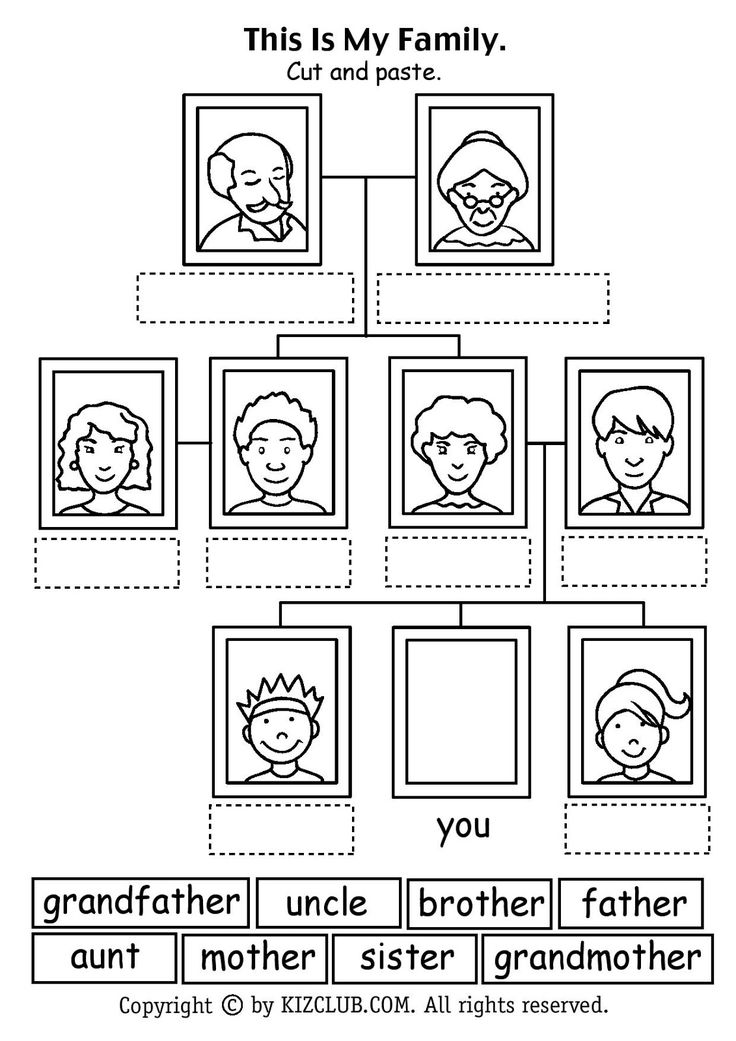 These learning activities for kids are so entertaining, they may not even realize how educational they are. Even better, the projects are low-prep, easy to clean up, and mostly involve common items you can find around the house. Dip into the old art-supply bin, gather up some toys, and you'll be able to whip up an educational activity in no time.
These learning activities for kids are so entertaining, they may not even realize how educational they are. Even better, the projects are low-prep, easy to clean up, and mostly involve common items you can find around the house. Dip into the old art-supply bin, gather up some toys, and you'll be able to whip up an educational activity in no time.
From practicing sight words to simple coding activities, these projects cover literacy, STEM, and social studies, among others, so you can focus in on your kids' particular area of interest (or subject where they need the most additional practice). The one thing they have in common is that there's some kind hands-on component to all of them, so kids can get really involved in their own learning. As they get older, they can even help set up the activities for themselves, too. These are mostly geared for elementary school students, but if you have a toddler or a preschooler, you can check out these fun toddler activities, since even the tiniest students deserve a brain workout.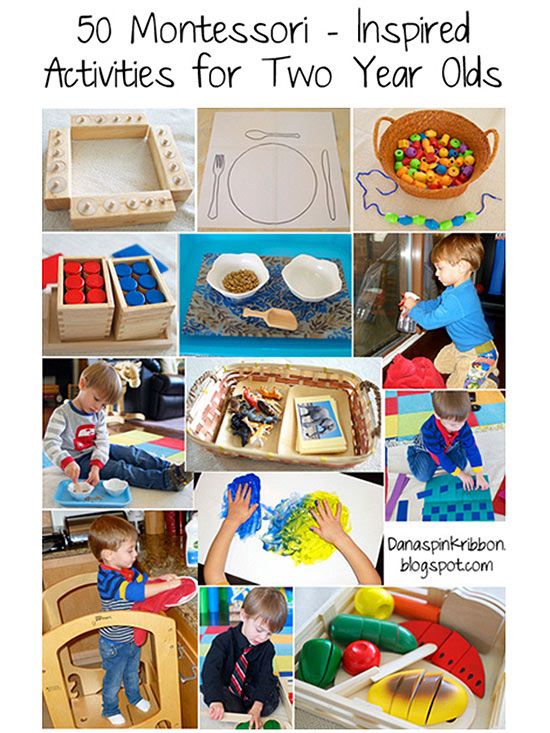
Sunflower Word Family
Happy Tot Shelf
Kids just learning to read can explore different sound combinations with a word-family sunflower. Write word endings on the petals, fill a paper-plate center with all the letters of the alphabet, then let kids spin and read the results.
Get the tutorial at Happy Tot Shelf »
RELATED: These 50 Fun Activities for Kids Will Keep Them Entertained for Hours
Pipe Cleaner Constellations
123 Homeschool 4 Me
Lots of classrooms make students create dioramas of the solar system, but what about mapping out other celestial bodies? This activity uses pipe cleaners and beads to give kids a hands-on way to learn how stars connect to form different consteallations.
Get the tutorial at 123 Homeschool 4 Me »
Chromatography Flowers
Steam Powered Family
This is a science experiment that turns into something you'd want to display on a desk or table.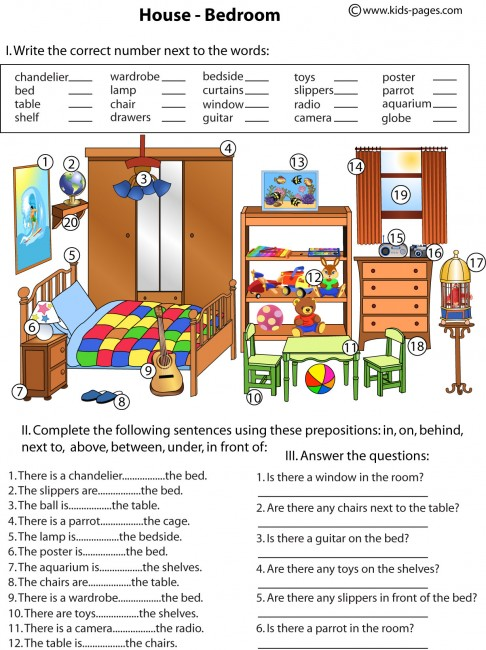 Draw stripes on coffee filters with markers, and then fold them up into triangles and dip the pointy end in water; the water will travel up the filter and separate the marker into different pigments, making a cool pattern on a flower-shaped filter.
Draw stripes on coffee filters with markers, and then fold them up into triangles and dip the pointy end in water; the water will travel up the filter and separate the marker into different pigments, making a cool pattern on a flower-shaped filter.
Get the tutorial at Steam Powered Family »
RELATED: Easy Science Experiments for Kids You Can Do at Home With Everyday Items
Sight Word Craft-Stick Puzzles
And Next Comes L
If you're practicing sight words, go beyond the run-of-the-mill flash cards with a craft-stick matching puzzle. You can tailor the words by grade level, and add more pairs as your kids become stronger readers.
Get the tutorial at And Next Comes L »
LEGO Coding Maze
Research Parent
You don't need screens or apps to show kids the foundations of coding. Set up a simple LEGO maze, and give kids commands to get a minifigure to go through it.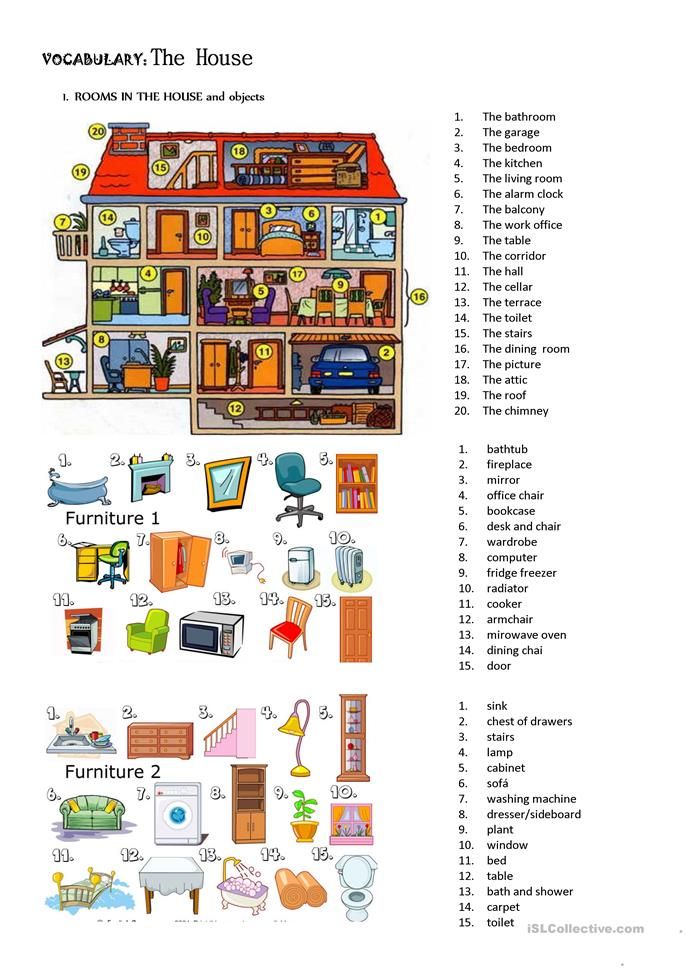 The mazes and concepts can get more sophisticated as the child gets older.
The mazes and concepts can get more sophisticated as the child gets older.
Get the tutorial (plus printable commands and maze templates) at Research Parent »
Backyard Treasure Hunt
Life Over C's
One way to sharpen those map-reading skills? Hide a treasure in the backyard and have the kids use a map to find it. It's even better if they can hide something from you and draw the map themselves.
Get the tutorial at Life Over C's »
RELATED: The Best Learning Activities for Toddlers to Get Them Ready for Kindergarten
Fraction Flowers
Teach Beside Me
Not only will these beautiful blooms help kids visualize their fractions, it'll teach them equivalents: Two one-eighth peals will be the same size as a one-fourth petal, for example. Not into flowers? Try pizza slices.
Get the tutorial at Teach Beside Me »
Sidewalk Chalk Letters
Buggy and Buddy
Get their brains and bodies working at the same time! Hop from letter to letter to spell out different sight words.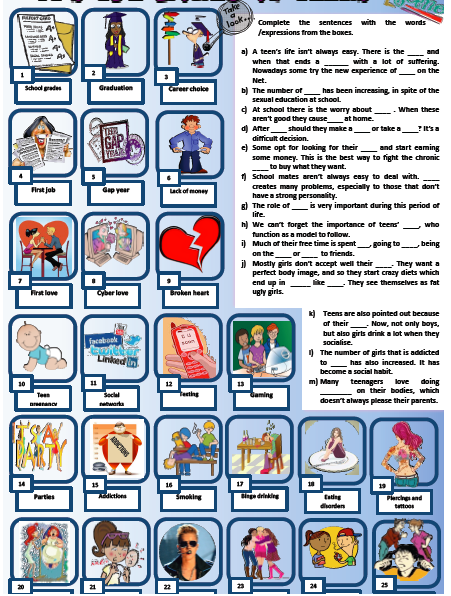
Get the tutorial at Buggy and Buddy »
Decoder Wheel
Dabbles and Babbles
Ready for some spy missions? An easy decoder wheel lets kids write and decipher secret messages. From there, you can move on to other types of codes, or talk about how cryptography has been used in history.
Get the tutorial at Dabbles and Babbles »
Word/Definition Memory Game
Diary of a Not-So-Wimpy Teacher
Practice two skills at once: Write new vocabulary words on one card, definitions on another, and then play a traditional Memory game. You can also do this with synonyms and antonyms.
Get the tutorial at Diary of a Not-So-Wimpy Teacher »
Color-Mixing Experiment
The Best Ideas for Kids
The classic vinegar-and-baking-soda experiment becomes extra exciting when food coloring is added to the mix. In addition to using an eye dropper or baster to make more "explosions," kids can also see what happens when different colors combine.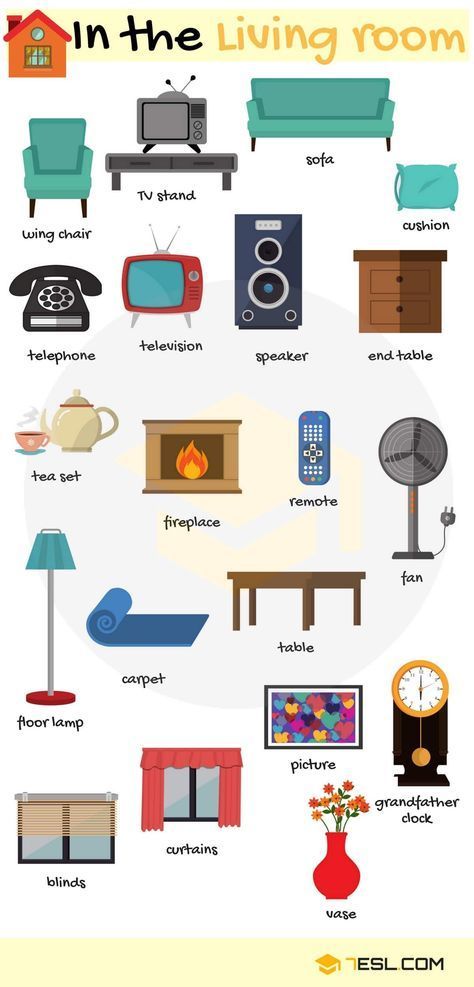
Get the tutorial at The Best Ideas for Kids »
Pop Top Math Game
Crofts' Classroom
This game is so simple to set up: Stick math equations on the top of a bottle cap, and write the answers inside. Then, if a student answers a math fact correctly, they get to keep the top. If not, it stays in the pile. The player with the most caps at the end of the game wins!
Get the tutorial at Crofts' Classroom »
Story Map
Katie Byrd
If kids are going to grow up to be writers, it helps to know how stories are put together. A story map lets them dissect the parts a book. They can either make one for tales they know well (something like "Goldilocks and the Three Bears"), or use them as an outline for an original creation.
Get the tutorial at Mrs. Byrd's Learning Tree »
Marshmallow Shapes
Teach Beside Me
A delicious lesson in geometry, you can use mini-marshmallows and toothpicks (or small pretzel rods) to build different shapes.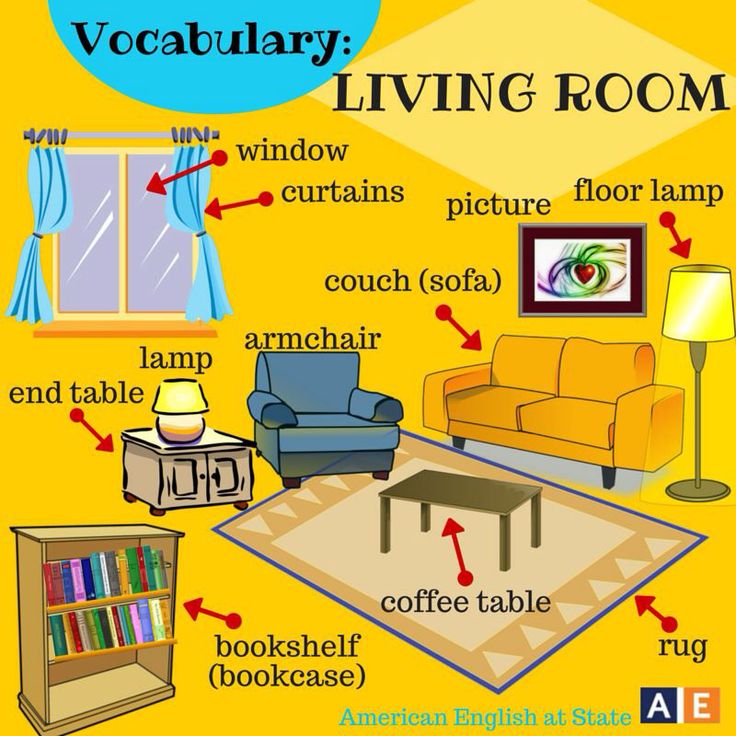 As kids get more advanced, they can move from 2D to 3D creations.
As kids get more advanced, they can move from 2D to 3D creations.
Get the tutorial at Teach Beside Me »
Binary Code Jelwelry
Mama Smiles
Another coding-related activity that doesn't require a screen, this craft uses different colored beads to represent the 1s and 0s in binary numbers. Kids can convert letters into binary and "code" their names into a necklaces or bracelets.
Get the tutorial at Mama Smiles »
Fingerprint Forensics
Marisa LaScala
Forensics 101: Leave a fingerprint on a drinking glass — it helps if your fingers are a little greasy, so pizza night is the perfect time to try this out — then have your kids use flour and a paintbrush to "dust" the glass for prints. You can even try to "lift" the fingerprint with a piece of tape and transfer it to a piece of construction paper. You can talk about the common patterns found in fingerprints, and how prints are used by law enforcement.
Family Flag
JGI/Daniel GrillGetty Images
Tell your kids they're going to become vexillologists — it sounds super impressive! Vexillology is the study of flags, so talk about the symbols on the flags of different countries and what they represent. Then, they can design their own flag — show them the North American Vexillological Association's "Good Flag, Bad Flag" guidelines — or you can come together and create a flag for your family.
Mental Math
Lesson Plan Diva
The great thing about this activity is that kids can do it independently, whenever they have a few minutes (like in the car): Write out a series of math problems on craft sticks to give kids a chance to practice doing math in their heads. See how many sticks they can get through in a certain period of time.
Get the tutorial at Lesson Plan Diva »
Star Crystals
One Little Project
By growing crystals in a Borax solution, kids can learn science and make a new decoration for their rooms.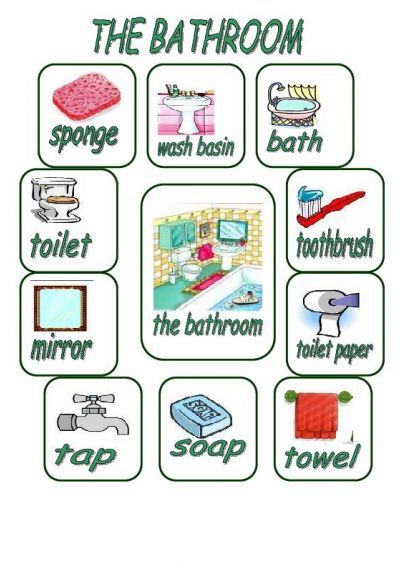 (Just use extreme caution with the Borax, and make sure they know it's not sugar.)
(Just use extreme caution with the Borax, and make sure they know it's not sugar.)
Get the tutorial at One Little Project »
Pasta World Map
Parenting Chaos
Give the world map a 3D twist with this crafty learning activity. You can paint coffee filters for the oceans, or use different colors and shapes of pasta for different regions or geographical features.
Get the tutorial at Parenting Chaos »
Marisa LaScala Senior Parenting & Relationships Editor Marisa (she/her) has covered all things parenting, from the postpartum period through the empty nest, for Good Housekeeping since 2018; she previously wrote about parents and families at Parents and Working Mother.
3 types of home education: home, distance and family
Forms of education
“In the Russian Federation, education can be obtained in organizations engaged in educational activities; outside organizations engaged in educational activities (in the form of family education and self-education).
Article 17 of the Federal Law "On Education in the Russian Federation"
Basic general education in our country is compulsory (Article 66 of the Federal Law "On Education in the Russian Federation"). Every citizen must graduate at least 9classes.
In schools, education is carried out in full-time, part-time or part-time.
<
In Russia, you can get an education at home without attending school and other educational institutions. Outside educational institutions, education takes place in the form of family education (from the first to the ninth grade) and self-education (grades 10–11).
There are many ways to study at home. We will talk about family, home and distance learning. They differ in the legal side and the relationship of the student with the school.
What is family education
This is a form of education outside of an educational institution. It implies a conscious voluntary departure from school and the education of the child by the forces of the family.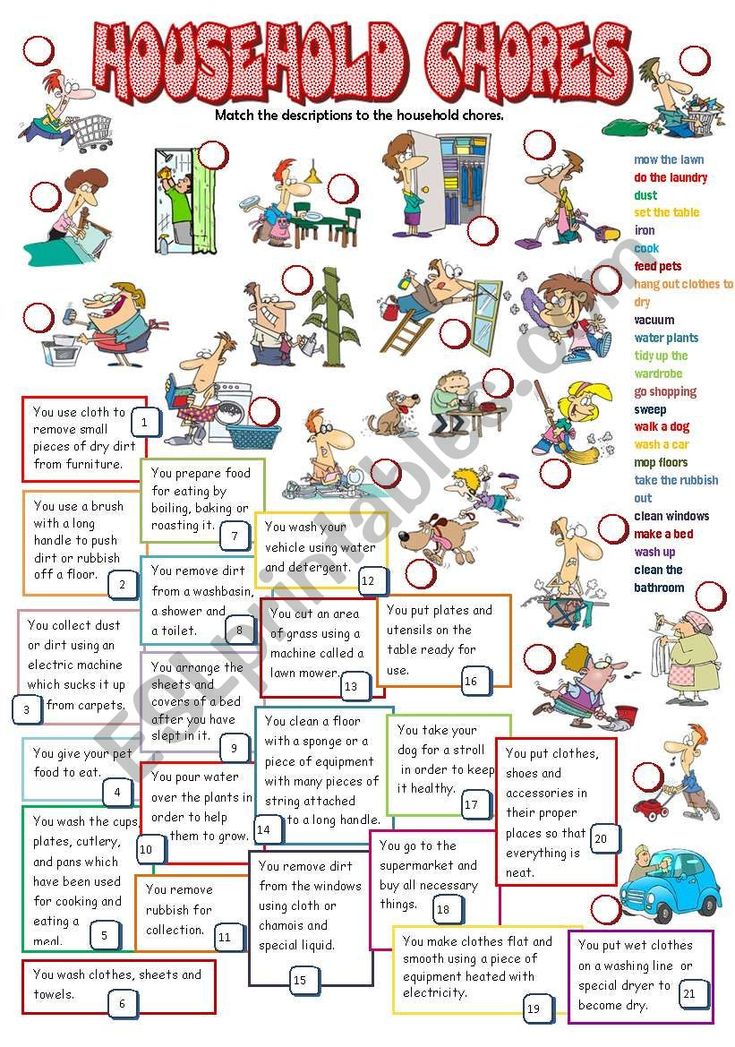 At the same time, the child, like all schoolchildren, receives a certificate, since he is obliged to pass the state final certification.
At the same time, the child, like all schoolchildren, receives a certificate, since he is obliged to pass the state final certification.
The reasons for leaving for family education at home are varied:
- Parents and children are dissatisfied with the school, where they teach something and somehow or there are constant conflicts.
- The child's abilities are above average and he is bored in the lessons at a regular school. The opposite is also possible, when the student needs his own pace of classes.
- The child is a professional athlete or musician and does not have time to attend classes.
- The family often moves or lives in another country.
<
The transition to family education is carried out as follows: notification of local authorities, selection of a school for passing intermediate (final) certifications and organization of the educational process. The organization of the educational process lies with the parents, in some regions compensation for family education is provided.
The organization of the educational process lies with the parents, in some regions compensation for family education is provided.
Foxford Home Online School is an assistant in teaching a child at home. In the classroom, you can communicate directly with teachers and peers. Classes are taught by teachers from the best universities in Russia, each lesson is accompanied by interactive homework and electronic notes, and personal mentors will monitor progress and maintain motivation, who will help the child receive education at home. Try it - the first week of training is free!
Advantages of family education
- This is a complete form of education.
- This is the most flexible form of education, giving maximum freedom - from choosing a program to choosing a school for certification.
- Available to all.
- Allows you to give your child quality knowledge, taking into account his interests and needs.
- You can study online at your own pace, without being tied to the place and rules of a particular school.
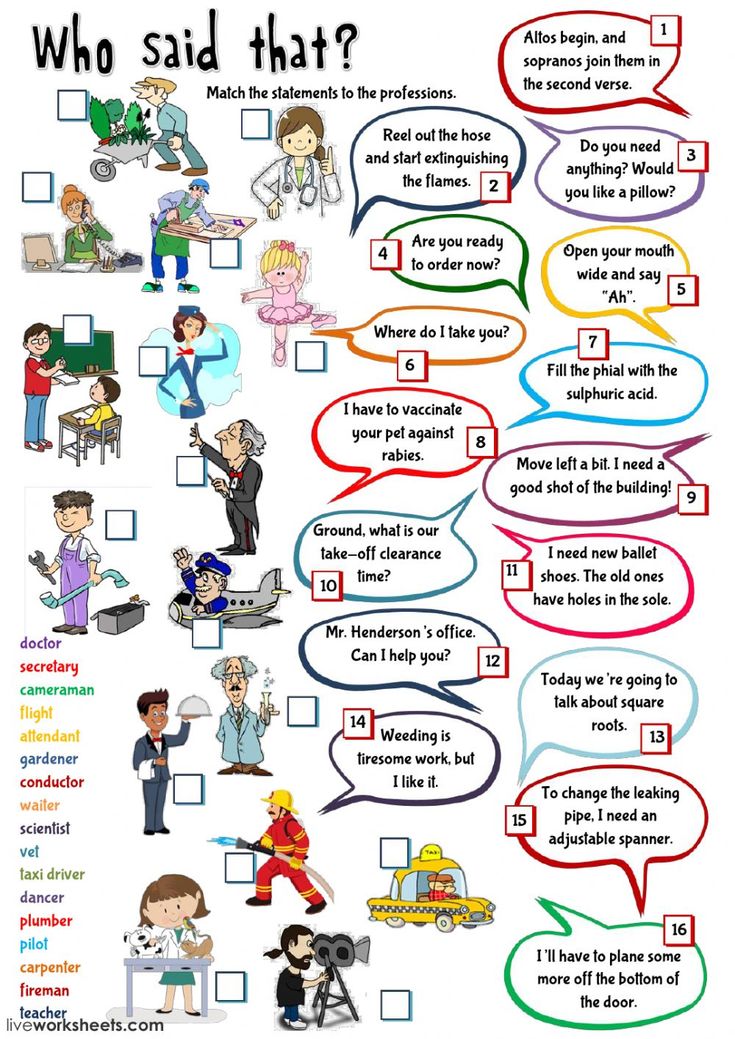
Disadvantages of family education
- Not all children are able to learn without school supervision, and parents do not always have the resources to improve the learning process.
- Family education in Russia is still new. I have to explain that you can study outside of school and that's fine.
What is home schooling
Home schooling is a way of organizing the learning process for children who are seriously ill. According to the law, home schooling is not an independent form of education.
The confusion between family and home education arises because in both cases the child is at home. But home study is not a form of education, but a necessary measure for children with disabilities. The homeworker is assigned to teachers who receive a salary at the school.
With the preservation of intelligence, the child can study according to general education programs, but at home or in the hospital.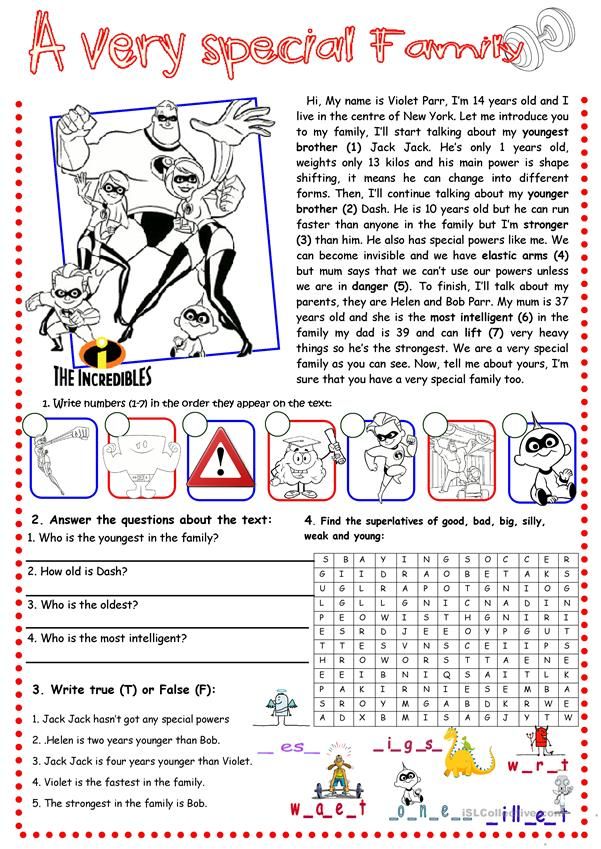 For example, if it is necessary to give injections on an hourly basis or the school is not adapted for a wheelchair.
For example, if it is necessary to give injections on an hourly basis or the school is not adapted for a wheelchair.
"For students in need of long-term treatment, disabled children who, for health reasons, cannot attend educational organizations, education in educational programs of primary general, basic general and secondary general education is organized at home or in medical organizations."
Article 66 of the Federal Law “On Education in the Russian Federation”
A home-schooled child remains in the school contingent: receives textbooks, writes tests and passes exams. If desired, he can attend some lessons at school, and if possible, study using distance learning technologies.
The list of diseases that give the right to home education was approved by the Ministry of Health in 2016. To transfer a child to such training, a conclusion of a medical and social examination and a statement from the parents are required.
On the basis of medical documents and regulations of the subject of the Federation, the school issues an order to organize individual learning at home, and also approves an individual curriculum, schedule, determines the teachers who will visit the child.
Benefits of home schooling
- Gives sick children the opportunity to study in regular rather than specialized schools.
- Keeps up with the school curriculum during long-term treatment or rehabilitation.
Disadvantages of home education
- Can be used only if the child has certain diagnoses, disabilities or during long-term treatment or rehabilitation.
- The curriculum for home schooling at school includes only basic disciplines. According to technology, life safety and other “optional” subjects, the child, most likely, will not be certified.
- Often, teachers have no material or personal interest, and they are not very conscientious about their duties towards homeworkers.
- Virtually complete lack of socialization of the child during home education.
<
